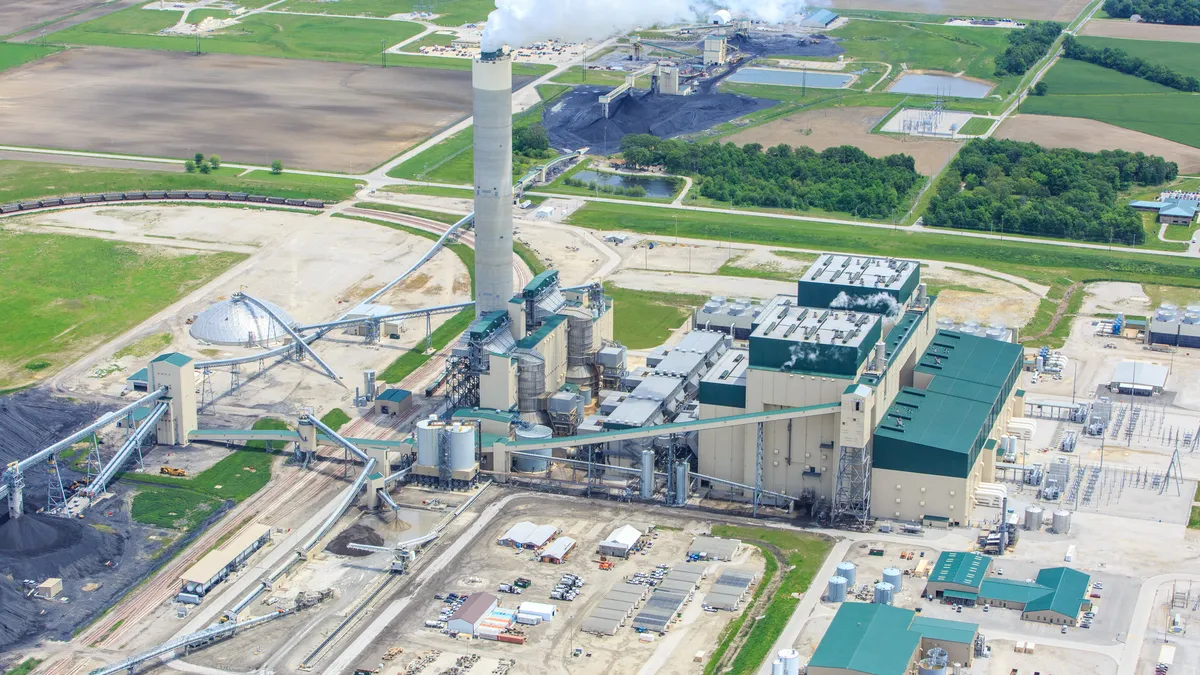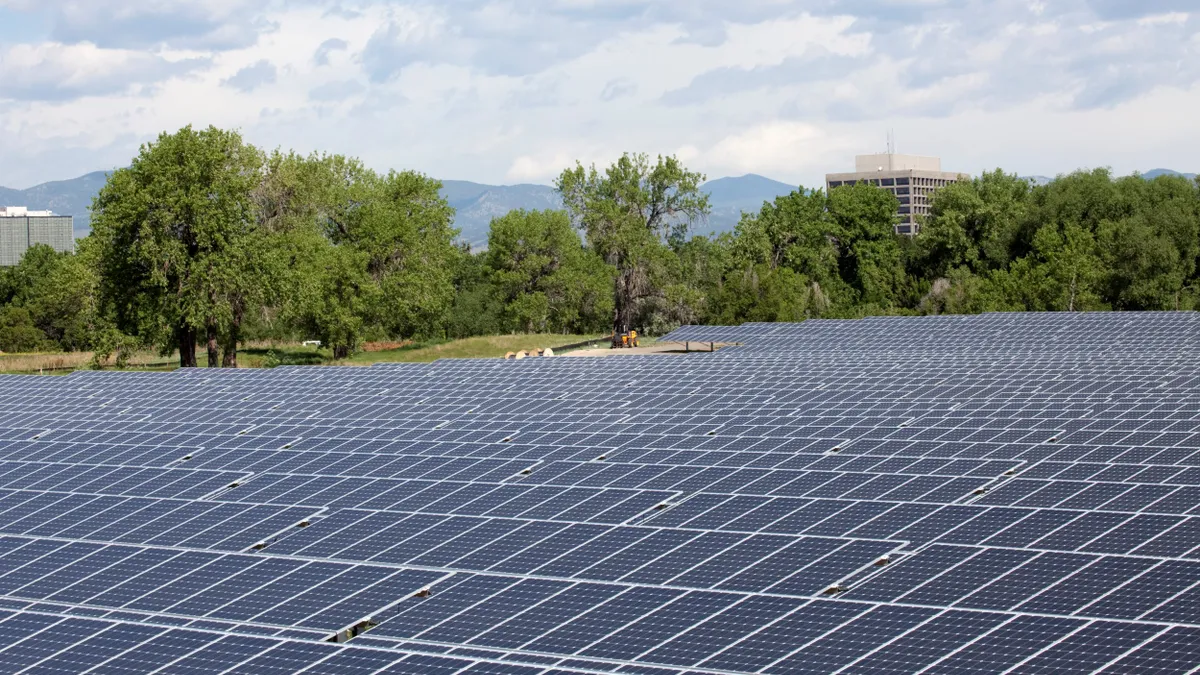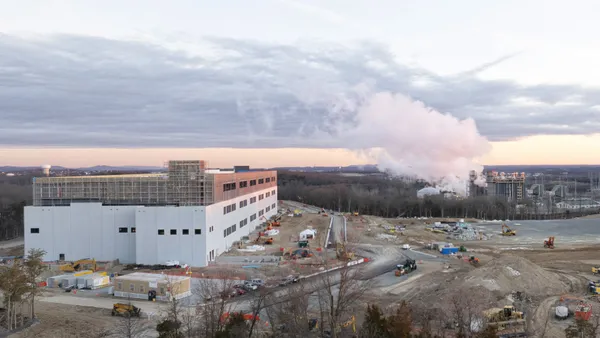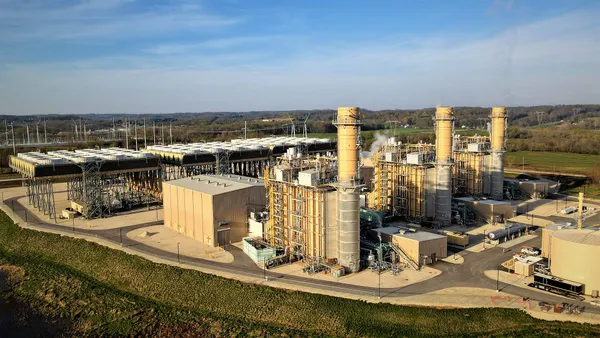Dive Brief:
- The Midcontinent Independent System Operator’s proposal to allow power plant owners to interconnect to the grid at a different location when they replace a retiring generator should be rejected because it discriminates against other planned generating facilities, a coalition of clean energy trade groups told the Federal Energy Regulatory Commission on Friday.
- “This proposal fails to serve as an efficiency measure and instead facilitates queue jumping, with substantial harm to already-queued projects and disadvantages to Surplus Interconnection projects,” American Clean Power Association, the Solar Energy Industries Association, Advanced Energy United and Clean Grid Alliance said.
- Alliant Energy, DTE Electric and other utilities, as well as state utility regulators, support MISO’s proposal to revise its generation replacement framework. The plan offers “increased flexibility to interconnect new generation resources in a more efficient manner, ultimately supporting state resource planning and ratepayer affordability,” said the Organization of MISO States, which represents state utility commissions.
Dive Insight:
MISO’s proposal would allow a power plant owner to use a different interconnection point for a generating facility that replaces a retiring power plant if the interconnection customer can show the new interconnection point is “electrically equivalent” to the original point and that the change will not harm the grid operator’s transmission system, according to the plan filed March 28 at FERC.
Without the change, some power plant owners may decide to retire their generating facilities without replacing them at the same site, according to MISO, which asked FERC to let its proposal take effect by May 28.
The proposal comes as MISO expects that about 25 GW of coal capacity will retire in the next five years, up 5% from last year’s forecast, according to the grid operator. At the same time, MISO states and its members plan to add about 10 GW of solar before 2030, while gas-fired additions are expected to increase by about 4 GW a year, the grid operator said.
MISO said its generator replacement process has become a key tool to manage power plant retirements. Since the process started in 2019, MISO has approved about 5.9 GW in replacement requests and it is studying 4.9 GW of replacement requests, the grid operator said.
MISO’s current process prevents replacement generators from connecting at more advantageous electrically equivalent interconnection points that have a similar impact on the transmission system, Alliant and other utilities told FERC.
“The proposal has the potential to support a wide variety of resource types, including dispatchable resources, by facilitating the placement of [point of interconnections] in optimal locations to support project development,” the utilities said.
MISO’s plan would also enable projects to be more cost efficiently developed, potentially by preventing redundant high voltage lines from being built, they said.
The utilities include Alliant; the Lansing, Michigan, Board of Water and Light; Consumers Energy; DTE; International Transmission Co.; Michigan Public Power Agency; MidAmerican Energy; Muscatine Power and Water; Wolverine Power Supply Cooperative; and WPPI Energy.
However, the clean energy trade groups said MISO’s proposal treats similarly situated projects differently and will result in an unjust, unreasonable and unduly discriminatory interconnection process that is inconsistent with FERC precedent.
“As the substitute point of interconnection moves away from the existing site, the replacement increasingly functions as a new interconnection request rather than a true replacement — but without being subject to the rigorous studies for impact on the transmission system to which other interconnection customers in the [interconnection study process] are held,” the trade groups said.
The proposals would effectively allow incumbent generators to jump ahead in interconnection queues, likely driving up network upgrade costs to other interconnection customers by taking up transmission capacity they had expected to use, the groups said.
Besides hurting interconnection customers in the queue, the proposal would also hurt projects with generator interconnection agreements that are relying on scarce construction resources to build transmission facilities, such as substation expansions, the groups said.















